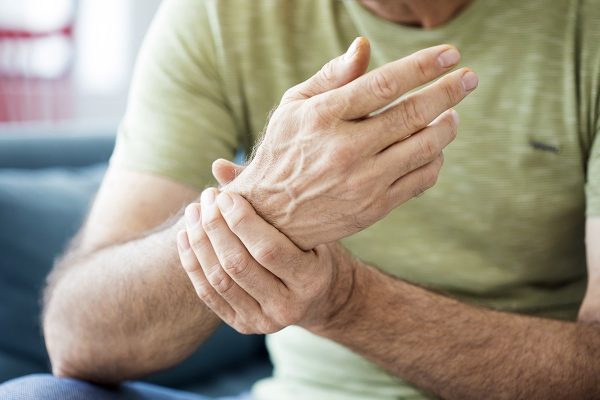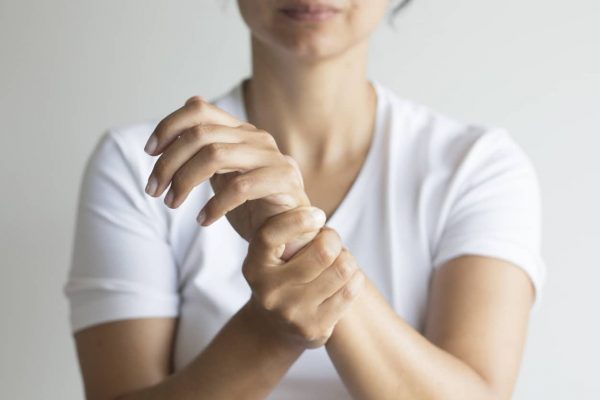
Wrist strains are a common ailment, often resulting from repetitive motions, overuse, or acute injury. These strains can lead to pain, swelling, and limited movement, affecting daily activities and overall quality of life. While the causes and treatments of wrist strains are widely discussed, one factor that often goes unnoticed is hydration. Can dehydration make wrist strains worse? The answer is yes, and understanding why can be crucial for effective management and prevention.
The Importance of Hydration
Water is vital for nearly every function in the human body, including the health and integrity of our musculoskeletal system. Proper hydration helps maintain the elasticity and flexibility of muscles and joints, ensuring that they function optimally. When the body is dehydrated, it cannot effectively lubricate joints or maintain muscle function, which can exacerbate the symptoms of wrist strains.
How Dehydration Affects Muscles and Joints
Dehydration impacts muscles and joints in several ways:
1. Reduced Lubrication: Synovial fluid, which lubricates joints, relies on adequate hydration. Without sufficient fluid, joints can become stiff and painful.
2. Decreased Muscle Function: Muscles need water to contract and relax properly. Dehydrated muscles are more prone to cramps, spasms, and strains.
3. Impaired Healing: Water is essential for cellular repair. Dehydration slows down the healing process, making recovery from injuries like wrist strains longer and more painful.
Wrist Strains and Dehydration
When it comes to wrist strains, dehydration can play a significant role in both the severity and duration of the condition. Here’s how:
Increased Pain and Inflammation: Dehydration can increase the pain and inflammation associated with wrist strains. Inadequate hydration means less synovial fluid, leading to increased friction in the wrist joint and more intense pain.
Muscle Weakness: Dehydrated muscles are weaker and more prone to strain. This can make existing wrist strains worse and increase the risk of new injuries.
Slower Recovery: As dehydration impairs the body’s ability to repair and regenerate tissues, the healing process for wrist strains can be significantly delayed.
Prevention and Management
To prevent and manage wrist strains effectively, maintaining proper hydration is crucial. Here are some practical tips:
Stay Hydrated: Drink plenty of water throughout the day, especially if you are physically active or live in a hot climate. The general recommendation is to drink at least eight 8-ounce glasses of water per day, but individual needs can vary.
Monitor Hydration Levels: Pay attention to signs of dehydration, such as dark urine, dry mouth, fatigue, and dizziness. If you notice these symptoms, increase your water intake.
Balanced Diet: Eat a balanced diet for wrist strains rich in fruits and vegetables, which have high water content and can contribute to overall hydration.
Limit Dehydrating Substances: Reduce the intake of alcohol, caffeine, and sugary drinks, which can contribute to dehydration.
How CARESPACE Can Help
At CARESPACE, we understand the importance of a holistic approach to health. Our team of multidisciplinary practitioners, including physiotherapists and chiropractic doctors, work together to provide comprehensive care for wrist strains and other musculoskeletal conditions.
Coordinated Care for Wrist Strains
Our coordinated care approach ensures that each client receives a personalized treatment plan tailored to their specific needs and goals. Here’s how our team can help:
1. Assessment and Diagnosis: Our physiotherapists and chiropractic doctors conduct thorough assessments to diagnose the root cause of wrist strains. This includes evaluating hydration levels and other lifestyle factors that may contribute to the condition.
2. Hydration Education: Understanding the role of hydration in musculoskeletal health is vital. Our practitioners provide education on the importance of staying hydrated and offer practical tips to maintain proper hydration.
3. Manual Treatment and Exercise: Physiotherapists use manual techniques to reduce pain and inflammation, improve joint mobility, and strengthen muscles. They also design exercise programs that promote healing and prevent future injuries.
4. Chiropractic Adjustments: Chiropractic doctors offer adjustments and manipulations to restore proper alignment and function to the wrist and surrounding structures. These treatments can alleviate pain and enhance the body’s natural healing processes.
5. Collaborative Care: Our multidisciplinary team collaborates to ensure all aspects of a client’s health are addressed. This includes regular communication and coordination between physiotherapists, chiropractic doctors, and other practitioners involved in the client’s care.
Why Choose CARESPACE?
Choosing CARESPACE means choosing a team dedicated to your overall well-being. Our client-focused approach ensures that you receive the best possible care, addressing not just the symptoms but also the underlying causes of your condition. We believe in empowering clients with the knowledge and tools they need to achieve their health goals and maintain a healthy, active lifestyle.
Dehydration can indeed make wrist strains worse by increasing pain, inflammation, and muscle weakness while slowing down the healing process. Maintaining proper hydration is essential for the prevention and management of wrist strains. At CARESPACE Health+Wellness, our multidisciplinary team of physiotherapists and chiropractic doctors work together to provide comprehensive, personalized care that addresses all aspects of your health, including hydration. By choosing CARESPACE, you are investing in a holistic approach to health that helps you achieve and maintain optimal well-being, regardless of the stage of wrist strains.
Learn more about how wrist injuries develop and heal in our in-depth wrist strains hub.




